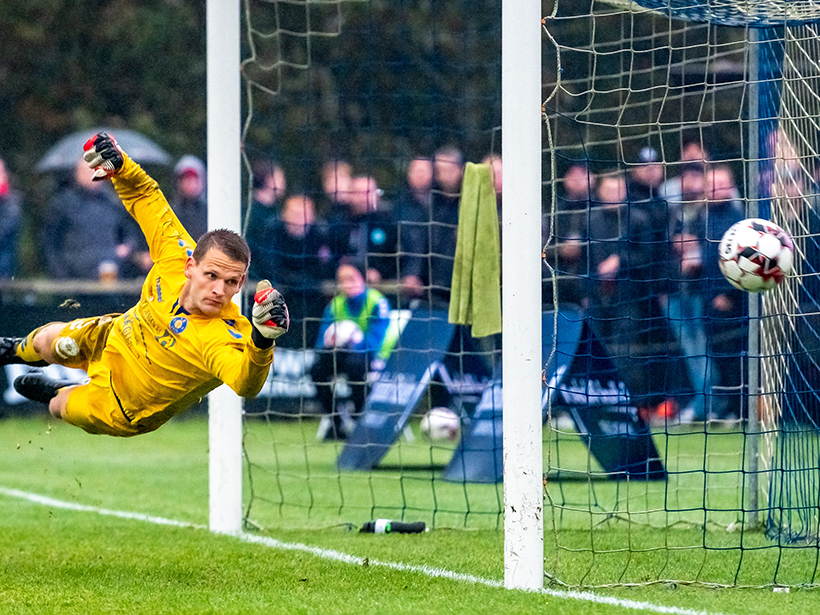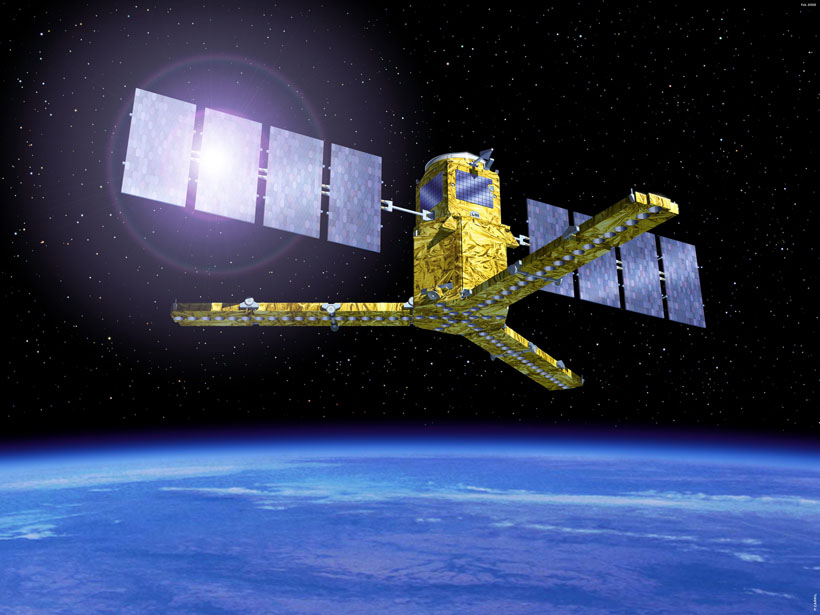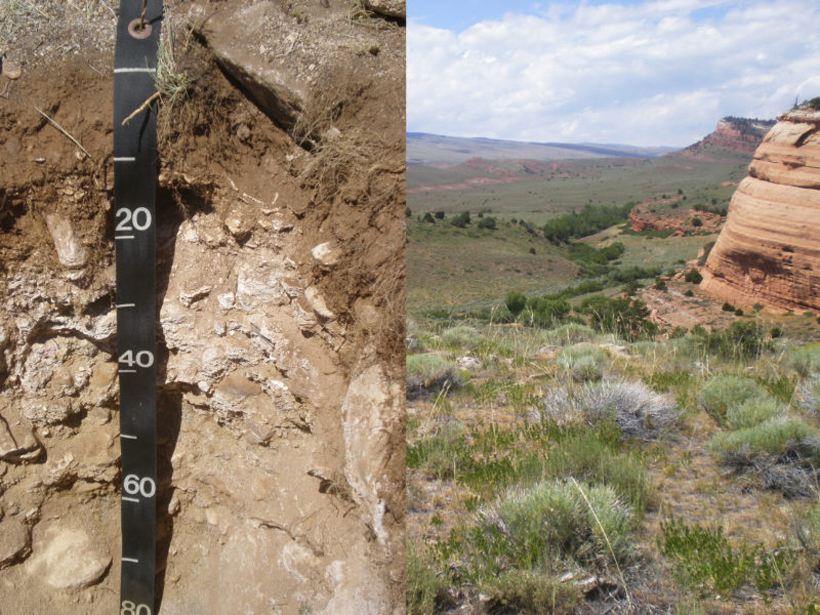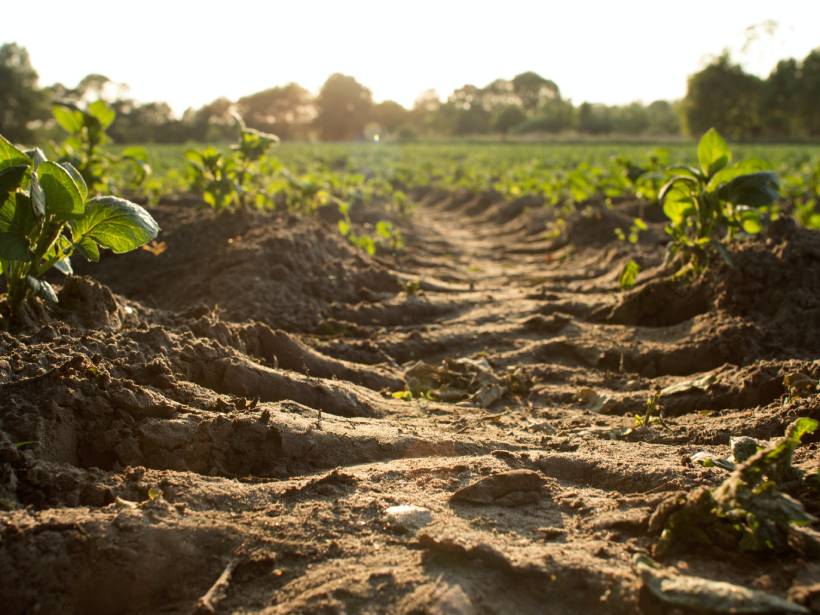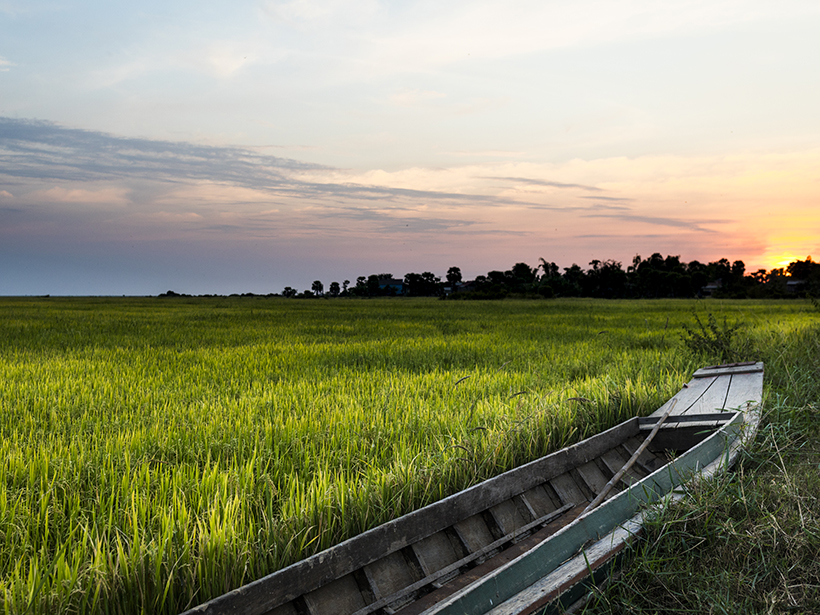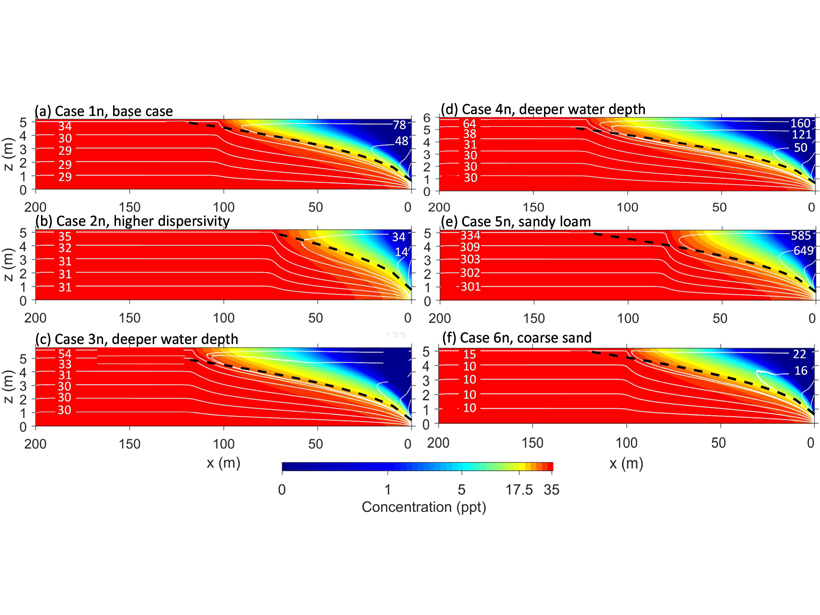Greenhouse gas emissions from sports fields may be scoring points for climate change.
soils
Soil Chips Help Scientists Spy on Fungal Navigation
Soil chips provide a micrometer-resolution window into life underfoot, shedding light on how fungi behave when navigating soil’s mazes.
Dueling Eyes on Ecosystem Metabolism Tell Diverging Stories
Multiple state-of-the-art independent observing systems consistently disagree on magnitudes and patterns of ecosystem metabolism of carbon dioxide, but together can shed new insight.
Observing the Sun via Soil Moisture Measurements
Solar radio bursts are background noise for satellite-based radio observations that monitor soil moisture, so, with appropriate processing, those observations can provide data on radio bursts.
Exploring the Engine and Drivers of Soil Formation
A new book presents a multidisciplinary perspective on soil, exploring it as a nexus for water flow, near surface (bio)geochemistry, erosion and deposition, and biologically coupled nutrient cycling.
A Global Look at Surface Soil Organic Carbon
Soil organic carbon is an important element of ecosystem and climate health. Remote sensing can now give scientists a global look at this important piece of the carbon puzzle.
La Geología y la Química Impulsan la Migración Animal en el Serengueti
Trabajo de campo en Tanzania sugiere que la química del suelo—influenciada por el vulcanismo local y la actividad tectónica—podría ayudar a determinar la migración sin precedentes de más de un millón de ñus.
Will Rising Temperatures Make Rice Too Toxic?
Greenhouse experiments reveal how higher temperatures act to elevate arsenic levels in rice and may help focus efforts to solve a crisis threatening food systems around the world.
Evaporation Reverses Groundwater Flow and Forms Hyper-Salinity
A numerical model of groundwater-surface water systems shows how floodplain evaporation can reverse stream-groundwater flow and produce strong buoyancy changes associated with salinity.
Using Nuclear Fallout to Measure Soil Erosion in Tunisia
Cesium-137 acts as a tracer to evaluate the efficiency of conservation methods.

